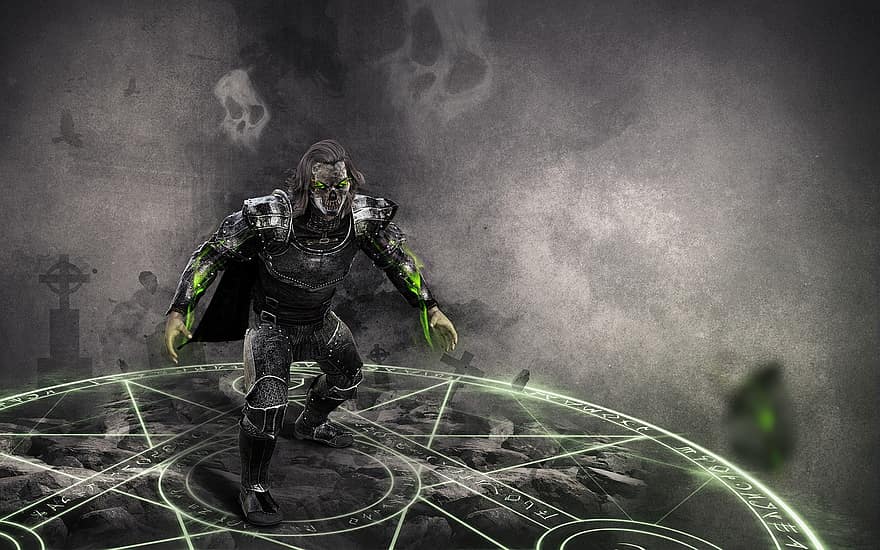|
Everybody loves a good villain, and often, stories live and die by how well the villain has been written. In this blog post, I'll both review common types of villains and when they're typically most useful, and discuss some tips and tricks for making your villain a believable bad guy - no matter what archetype you choose. Archetypes: Know Your VillainThere are several common villain archetypes - that is, categories. Each category of villain is good for different situations, so for your creative work, you want to make sure your villain fits into your narrative. 1. The Big Bad - The Big Bad is the worst villain you could possibly imagine. They are the epitome of evil - they wear black, murder people left, right, and center, and crave infinite power and/or to spread evil across the known universe. This is probably what you think of when you imagine the word "villain" - a character who is Bad News Bears no matter what way you look at them.
Tips & TricksThat was a lot of information already, but understanding what archetype(s) your villain tends to fall into can help you build them in a way that the audience will believe. If that's not enough, I've put together some of my favorite tricks to ensure you're doing your villain justice:
Comments are closed.
|
AuthorBridget is the author of Summer Twilight, available for purchase now! Categories
All
Archives
March 2021
|

